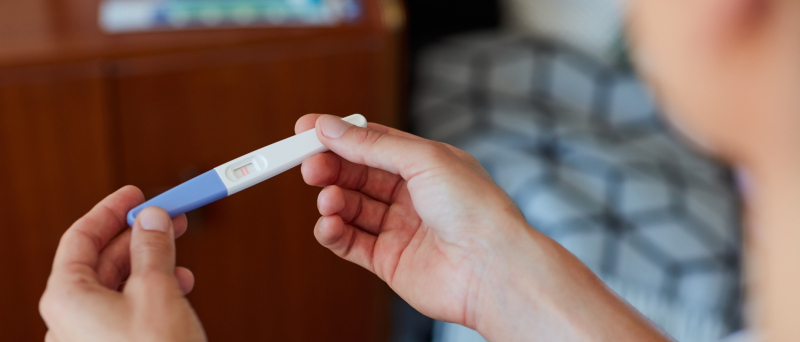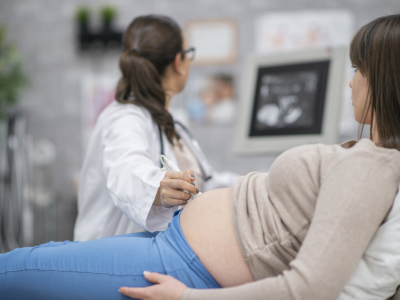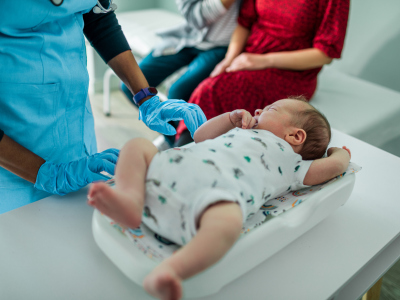Family planning, pregnancy and follow-up of children

Family planning

Family planning
Politicians in Norway are discussing how they can encourage couples to have more children. In some countries, women may find that the authorities place strict limits on how many children they are allowed to have. In other countries, the average birth rate is five children per woman.
Family planning means that a couple can plan when they want the woman to become pregnant, and how many children they want to have. In practice, family planning means preventing unwanted pregnancies. Different types of contraceptives can prevent this.
Some common types of contraceptives:
- Contraceptive pills are pills that contain the hormones oestrogen and gestagen/progesteron. The pills prevent ovulation.
- A contraceptive implant is a small plastic rod that is inserted under the skin. It contains the hormone gestagen and releases a small amount every day. The hormone prevents ovulation. A contraceptive implant must be inserted and removed by a doctor.
- A coil is fitted in a woman’s uterus by a doctor. The coil obstructs the mobility of sperm and prevents any fertilised eggs attaching to the uterine wall.
- A condom is the only contraceptive that protects against sexually transmitted diseases. It is also the only contraceptive used by men. Using a spermicide is recommended together with a condom to reduce the risk of unwanted pregnancy. A spermicide is not enough on its own.
Antenatal check-ups and childbirth
Pregnant women in Norway are entitled to free antenatal care. The check-ups are carried out at health centres or by the women's regular GP. The check-ups are voluntary, and shall safeguard the health of the mother and child during pregnancy, the birth and after the birth. In Norway, 8–12 appointments are recommended during a pregnancy. Most women give birth in hospital, which is free of charge.
Health checks and vaccines
All children and young people living in Norway are offered regular health checks. These health checks take place at health centres from the time children are born until they start school. The school health service is responsible for health checks of school-age children. Most municipalities also have youth health centres. All children and young people living in Norway are offered vaccination against serious diseases. The vaccines provide simple, effective and safe protection against diseases. The health centres and school health service are free of charge.
A child’s regular GP examines and treats the child if he/she is ill.


Abortion
In Norway, the Act relating to the Termination of Pregnancy (the Abortion Act) provides that women can decide to terminate a pregnancy if it takes place in the first 12 weeks of pregnancy. The woman must complete and submit a form confirming that she wishes to have an abortion and that she has received information about the medical aspects of abortion and about the possibility of receiving more information about alternatives to an abortion The Abortion Act also regulates what happens in the event that a woman wishes to have an abortion after the twelfth week of pregnancy.
Talk together

- What do people think about family planning in countries you are familiar with? Is it common to use contraceptives?
- Why are antenatal check-ups considered so important that they are free of charge?
- Why is it important for parents to use the services provided by health centres?
- What do you think about the fact that most children in Norway are vaccinated against a range of diseases?
- Why is the vaccination programme for children free of charge?
Discuss the following claim:
- The Abortion Act is a compromise between women’s right to self-determination and the fetus’ legal protection.


Select the right answer
How many children do Norwegian women have on average?
Select the right answer
What does family planning mean? You can select more than one answer.
Select the right answer
What is the role of a health centre?
Select right or wrong
Read the statements. What is right? What is wrong?
Select right or wrong
Read the statements. What is right? What is wrong?
